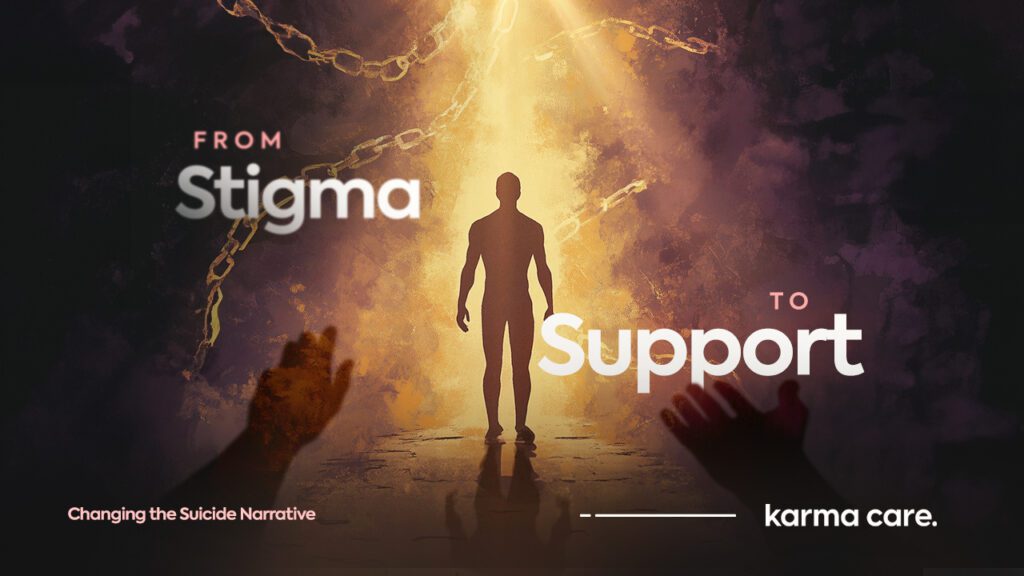September marks National Suicide Prevention Month, a critical time to raise awareness about suicide, promote mental health, and support those affected by this complex issue. Suicide is a global public health concern that claims the lives of nearly 800,000 people each year, according to the World Health Organization (WHO). Recognizing the signs and knowing how to support someone who may be experiencing suicidal thoughts can save lives. This article provides practical strategies for offering support and connects you to additional resources for further guidance.
Understanding the Complexity of Suicide
Suicide is seldom the result of a single factor; it often involves a combination of psychological, environmental, and social elements. It represents not only an individual health crisis but also a significant public health concern. Emphasizing systemic factors over individual blame can lead to more effective prevention strategies. Implementing structural changes—such as improving mental health services, reducing stigma, and addressing socioeconomic disparities—is crucial for fostering mental well-being at the community level.
It’s a deeply personal and painful experience, often hidden behind smiles, routine, or quiet withdrawal. The reality is that suicide manifests differently for everyone, influenced by individual circumstances, social environments, and systemic barriers. To truly address the issue, we must shift from focusing solely on individual cases and understand that suicide is a symptom of larger, systemic problems.
Suicide is not just an individual crisis but a societal one. By shifting the narrative from blaming individuals to recognizing the structural barriers that contribute to suicide, we can create more compassionate, supportive communities. Structural change is essential to save lives, and it begins with recognizing that we all play a role—governments, institutions, employers, and individuals alike—in building a society that fosters mental well-being. Moreover, mental health is already so stigmatized, the heightened risks faced by queer individuals are not sufficiently highlighted. It is crucial to amplify awareness and advocate for inclusive support systems to address these unique challenges.
If you notice someone withdrawing or expressing feelings of hopelessness, gentle outreach can make a significant difference. Sometimes, just knowing that someone cares can be a lifeline. Offer a listening ear without judgement; empathy can be incredibly healing.
Remember, every emotion you’re experiencing is valid, and help is available. You’re an integral part of this world, and your story matters. Together, we can navigate the toughest times. Please consider reaching out—you don’t have to face this alone.
Recognizing Warning Signs
Understanding the warning signs is the first step in suicide prevention. According to the National Institute of Mental Health (NIMH), common indicators include:
- Talking About Wanting to Die: Expressions of hopelessness or having no reason to live.
- Withdrawal: Isolating from friends, family, and social activities.
- Mood Changes: Exhibiting extreme mood swings, increased irritability, or agitation.
- Behavioral Changes: Alterations in sleep patterns, eating habits, or personal hygiene.
- Substance Abuse: Increased use of alcohol or drugs.
If you notice these signs, it’s important to take them seriously and consider appropriate interventions.
Strategies for Supporting Someone
- Ensure Immediate Safety
If there is an immediate risk, do not leave them alone.
- Emergency Steps:
- Remove access to means of self-harm if it’s safe to do so.
- Contact emergency services or a crisis hotline.
- Initiate an Open Dialogue
Approach the person in a non-confrontational manner. Express your concern without judgment.
- What to Say: “I’ve noticed you’ve been feeling down lately. I’m here if you want to talk about it.”
- Express Empathy and Support
Validate their emotions and let them know they are not alone.
- Example: “It sounds like you’re going through a really tough time. I’m sorry you’re feeling this way.”
- Encourage Professional Help
Suggest seeking assistance from mental health professionals.
- How to Approach: “Have you thought about talking to a counselor or therapist? They can offer support.”
- Offer Practical Assistance
Help them navigate the process of finding support.
- Actions:
- Research mental health resources together.
- Offer to accompany them to appointments.
By allowing us and others to have open conversations, recognizing warning signs, and supporting those in need, we can make a tangible difference. Suicide prevention is not solely the responsibility of mental health professionals; it’s a collective effort that involves every member of society. Together, we can create a supportive environment that not only addresses the symptoms but also tackles the underlying causes of suicide.
Remember, help is available, and reaching out is a sign of strength. Your actions could save a life.
stay up to date
Don’t miss out on our latest events
